11 Tips for Turning Screen Time into Quality Learning Time

Screens are everywhere in our kids’ lives today. Instead of fighting this digital reality, we can transform those glowing rectangles into powerful learning tools. With a little guidance and creativity, screen time doesn’t have to be wasted time. These practical strategies will help parents and teachers make the most of technology while keeping learning fun and meaningful.
1. Choose Age-Appropriate Learning Apps

The digital marketplace overflows with educational apps, but not all are created equal. Selecting apps specifically designed for your child’s developmental stage ensures the content matches their abilities without causing frustration or boredom.
Look for apps with adjustable difficulty levels that grow with your child. Quality educational apps should offer clear instructions, engaging but not overstimulating graphics, and meaningful feedback when mistakes occur.
Common Sense Media provides excellent reviews of age-appropriate apps. Remember that even the best app can’t replace human interaction—apps should supplement learning, not become the primary teacher.
2. Set a Clear Time Limit
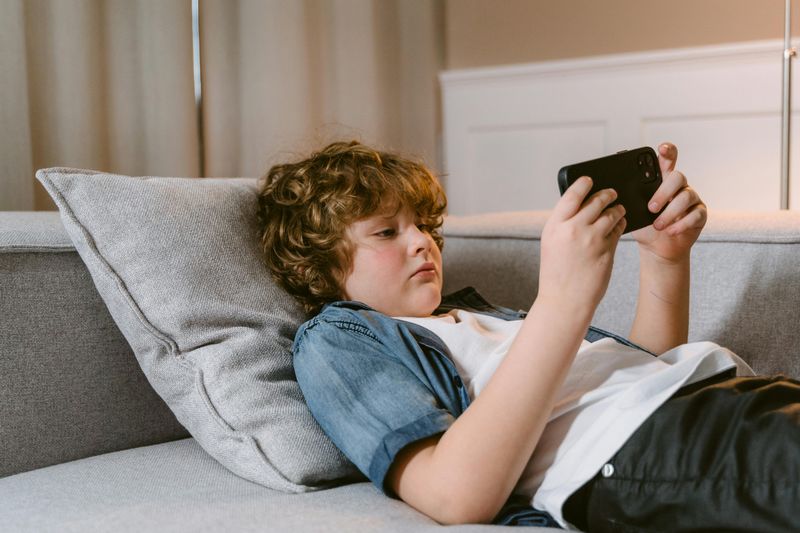
Children thrive with structure, especially when it comes to screen use. Establishing consistent time boundaries prevents the notorious “just five more minutes” battle while teaching valuable self-regulation skills.
Most devices now include built-in timers or parental controls that automatically shut down after a predetermined period. For younger children, visual timers with disappearing colors help them understand how much time remains.
The sweet spot for focused learning sessions typically falls between 20-30 minutes, matching most children’s attention spans. After screen time ends, transition smoothly by having the next activity already planned—perhaps something physical to balance the sedentary screen time.
3. Watch Together and Engage
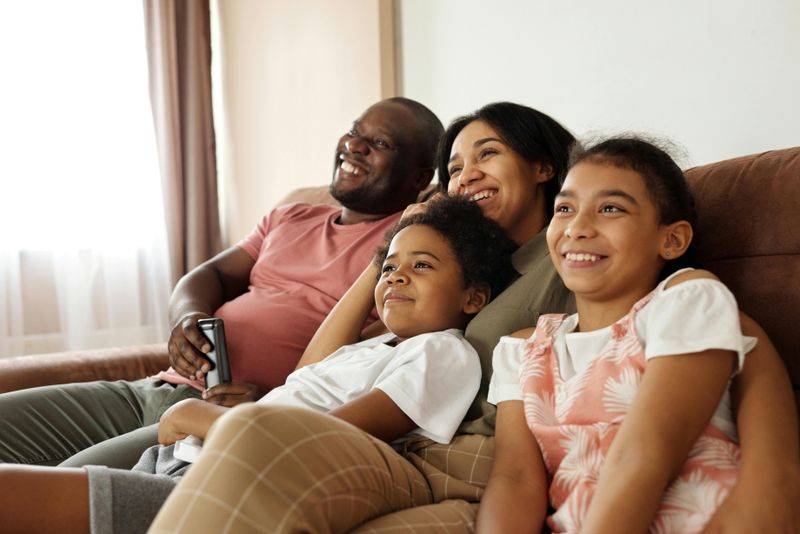
Shared viewing transforms passive consumption into active learning through the magic of conversation. When adults watch alongside children, they create opportunities for deeper understanding through thoughtful questions and observations.
Your presence signals that screen content matters and deserves attention. Try open-ended questions like “What surprised you about that?” or “How would you solve that problem differently?” rather than yes/no questions.
This co-viewing approach works with educational shows, documentaries, instructional videos, and games alike. The conversations you have will often become more valuable than the content itself, creating lasting learning moments that extend beyond screen time.
4. Turn Passive Watching into Active Learning
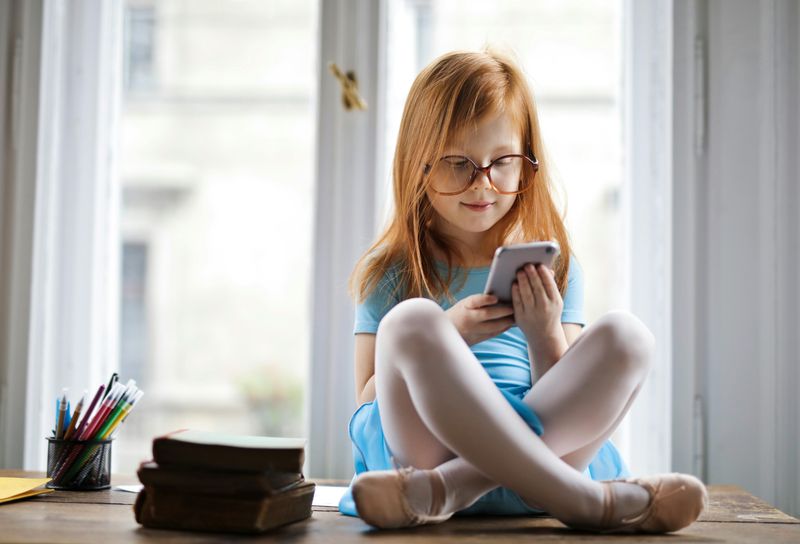
The remote control’s pause button might be your most powerful teaching tool! Interrupting shows at strategic moments transforms mindless viewing into critical thinking opportunities.
During pauses, ask prediction questions that encourage children to analyze what they’ve seen and anticipate what comes next. For younger viewers, pausing allows them to process information at their own pace rather than being swept along by fast-moving content.
Encourage note-taking for older children watching instructional videos. After viewing, challenge kids to summarize the main points or teach you what they learned—explaining concepts to others cements understanding in remarkable ways.
5. Connect Screen Time to Real Life

The most powerful learning happens when digital experiences jump off the screen into tangible activities. After watching a video about plant growth, plant actual seeds and observe them daily. Following a cooking app? Head to the kitchen to measure, mix, and create the recipe together.
This connection between virtual and physical creates neural pathways that strengthen memory and understanding. Geography apps become more meaningful before or after actual travel experiences, even if just to nearby natural areas.
Keep a “screen inspiration” notebook where children record ideas from digital content they want to try in real life. This practice helps children see technology as a springboard for authentic experiences rather than an end in itself.
6. Encourage Creation, Not Just Consumption

Creative apps transform children from passive viewers into active makers and problem-solvers. When kids design digital art, compose music, code simple games, or create stop-motion animations, they develop technical skills alongside creative thinking.
Production-oriented screen time engages different cognitive processes than consumption-based activities. Look for open-ended apps without predetermined outcomes that allow children to express their unique ideas. Even young children can create digital storybooks with simple drawing and voice recording tools.
Schedule regular family sharing sessions where children present their digital creations. This audience provides motivation and purpose while teaching presentation skills. Save special projects in a digital portfolio to show growth over time.
7. Mix Digital with Hands-On Learning

The blended learning approach—combining digital instruction with tangible activities—creates powerful educational experiences. Start with a video demonstration of a science concept, then gather household materials to conduct the actual experiment together.
This hybrid method plays to the strengths of both approaches: digital content provides consistent, visual explanations while hands-on activities offer sensory engagement and practical application. For mathematics, digital games can introduce concepts that children then practice with physical manipulatives like blocks or measuring tools.
Many museums and educational sites now offer this integrated approach with downloadable activity guides to complement their digital content. The key is planning the hands-on component before starting screen time so transitions happen smoothly.
8. Teach Digital Responsibility
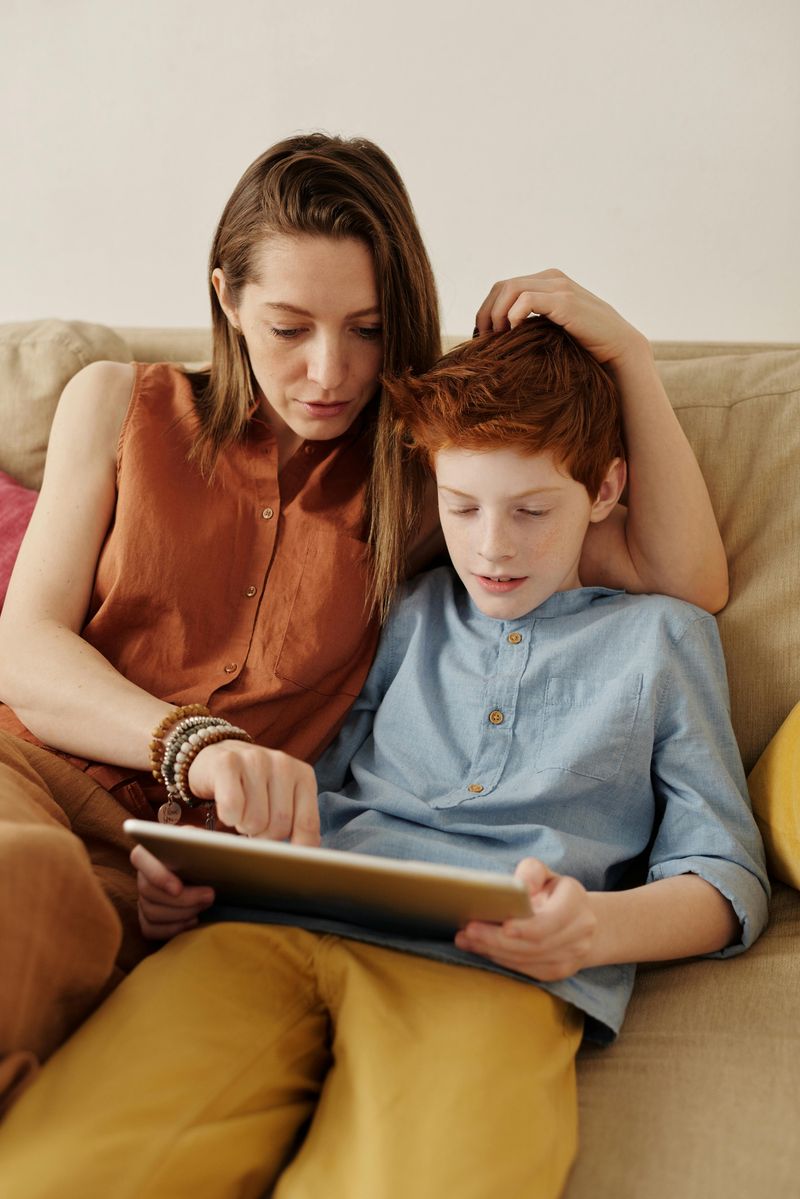
Learning to navigate digital spaces safely represents an essential modern skill. Begin with basic concepts like keeping personal information private and asking before downloading anything. Create regular opportunities to discuss what makes a website trustworthy.
Ad recognition deserves special attention—help children identify sponsored content and understand persuasive techniques used in digital marketing. Practice critical thinking by evaluating online information together: “How do we know if this information is accurate?”
Establish a judgment-free environment where children feel comfortable asking questions or reporting concerning online encounters. These conversations about digital citizenship aren’t one-time lessons but ongoing discussions that evolve as children grow and technology changes.
9. Reward Curiosity, Not Just Completion

Educational apps often include achievement systems with points, badges, and levels. While these motivate some children, they can shift focus from learning to merely finishing tasks. Celebrate questions and exploration over perfect scores or completion rates.
When discussing screen learning, ask “What made you curious today?” rather than “Did you finish your game?” This subtle shift encourages intellectual risk-taking and deeper engagement. Notice when children pursue challenging content or spend extra time investigating something interesting.
Create a family curiosity board where everyone posts questions sparked by digital content. Then explore these questions together through books, conversations with experts, or further online research. This practice shows children that questions are valuable endpoints, not just stepping stones.
10. Use Educational Playlists or Channels

The internet contains both educational treasures and endless distractions. Creating curated collections of quality content helps children develop focused learning pathways rather than falling into random viewing habits.
Many streaming platforms allow custom playlists organized by subject, difficulty level, or interest area. For younger children, these playlists prevent the algorithm-driven drift into inappropriate content. Older children can help curate their own learning playlists, developing valuable information literacy skills.
Rotate content regularly to maintain freshness while including some repetition for reinforcement. Consider creating special playlists for different purposes: morning brain warm-ups, after-school enrichment, or weekend deep dives into passion projects.
11. Model Good Screen Behavior
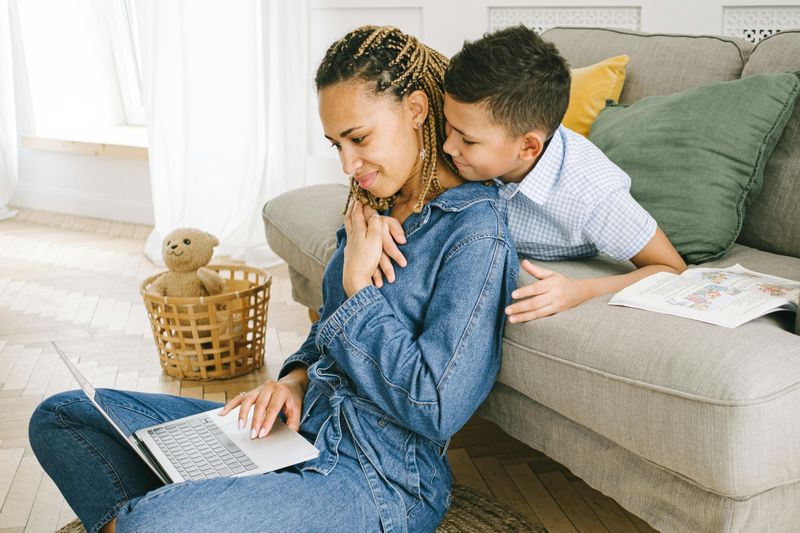
Children learn more from what we do than what we say. When adults demonstrate purposeful, balanced screen use, children internalize these patterns naturally. Share moments when you use technology for learning—researching home repairs, following cooking tutorials, or taking online classes.
Show children how to transition away from screens without resistance. Narrate your thinking: “I’ve finished reading this article about gardening, and now I’m going to try those techniques outside.” This transparent process helps children understand how screens serve larger goals.
Be honest about your own screen struggles too. Acknowledging when you’ve spent too much time scrolling helps children recognize that digital balance requires ongoing attention from everyone, not just perfect behavior.

Comments
Loading…